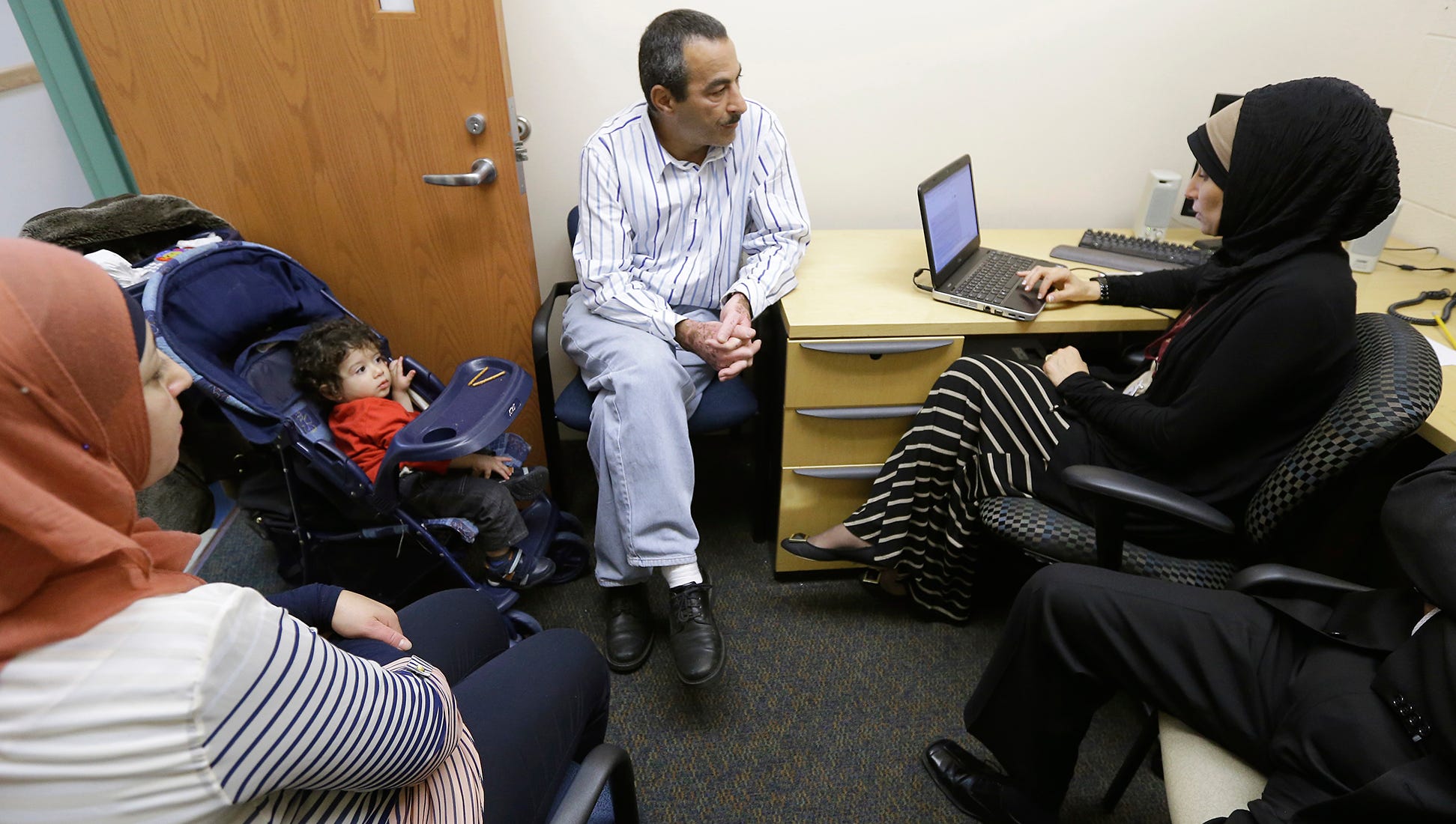
He combed through hospital records from March through December and determined that of those admitted to Sharp Grossmont with COVID-related conditions, 11% were Arab American – about twice the rate of admissions he typically saw for that population.
“When it comes to Arab Americans as an ethnic minority, they’re always visible when it’s bad news, but when it’s their health, they’re invisible.â€.
There is no official data on Arab Americans, who are bundled into the white category.
Last month, the funeral director and community advocate oversaw the cases of two more Arab American emergency-room physicians who died of COVID, and unnerved doctors who knew the pair have called Farrah for help in setting up their wills.Southern California is home to as many as 300,000 Arab Americans, the nation’s largest concentration, but the population is highest by percentage in Michigan, primarily in Detroit and nearby areas such as Dearborn, where they comprise half of the city’s approximately 100,000 people.“They’re essential workers,†said Al-Naser, of the National Arab American Medical Association.Organizations like the American-Arab Anti-Discrimination Committee and Arab American Institute have been fighting to change the census’ longstanding classification of Arab Americans as white since the 1980s.“After 9/11, we were pulled off planes left and right,†said Shanawani, of the American Muslim Health Professionals. About a quarter of U.S.Muslims are Arab Americans, he said.
There’s more at stake than identity: Without a racial or ethnic identifier, Arab Americans also miss out on funding for cultural- and language-specific social and health services available to other marginalized groups – services that advocates say are crucial to address issues uniquely faced by the community.“We don’t have access to funding that other communities have because we don’t know what the community numbers are,†said Samer Khalaf, national president of the American-Arab Anti-Discrimination Committee.What little community health data exists comes largely from local academic studies in Arab American-heavy areas like Dearborn, Southern California and New York City. .Being whitewashed from the picture hurts in other ways. Rima Meroueh, director of the Dearborn-based National Network for Arab American Communities, said that when Michigan officials recently assembled a commission to oversee state redistricting efforts, they based its makeup on census numbers – meaning Arab Americans, a significant part of the population – were not specifically considered for inclusion, lumped into the white category.Advocates say the absence of reliable community data has deprived them of a major weapon as they fight to convince some Arab Americans they’re at risk of COVID-19.“Not just at risk, but at higher risk,†said Meroueh, of the National Network for Arab American Communities.“Arab Americans have been vilified by so much rhetoric that that group is not likely to trust information coming from a government entity,†Meroueh said“Arab communities are very communal,†said Jeanine Erikat a community organizer at San Diego’s Partnership for the Advancement of New AmericansAdvocates fear that the same factors fueling doubts about the virus are now driving skepticism about COVID-19 vaccines. And without clear data on Arab Americans, many fear officials won't know whether Arab Americans are receiving the vaccine in proportionate numbersIn Dearborn, Meroueh said that despite having two chemist siblings who work on virus vaccine research, she still had to accompany her Lebanese mom to a local clinic to ensure she went through with her first shot after a neighbor spouting sketchy information in her vastly Arab American neighborhood filled her with last-minute doubts“This problem is not going to go away,†said Al-Delaimy, noting the arrival of new viral strains and subsequent waves of spread as some Arab American community members continue to socialize without adequate protection. “And it’s getting worse.â€